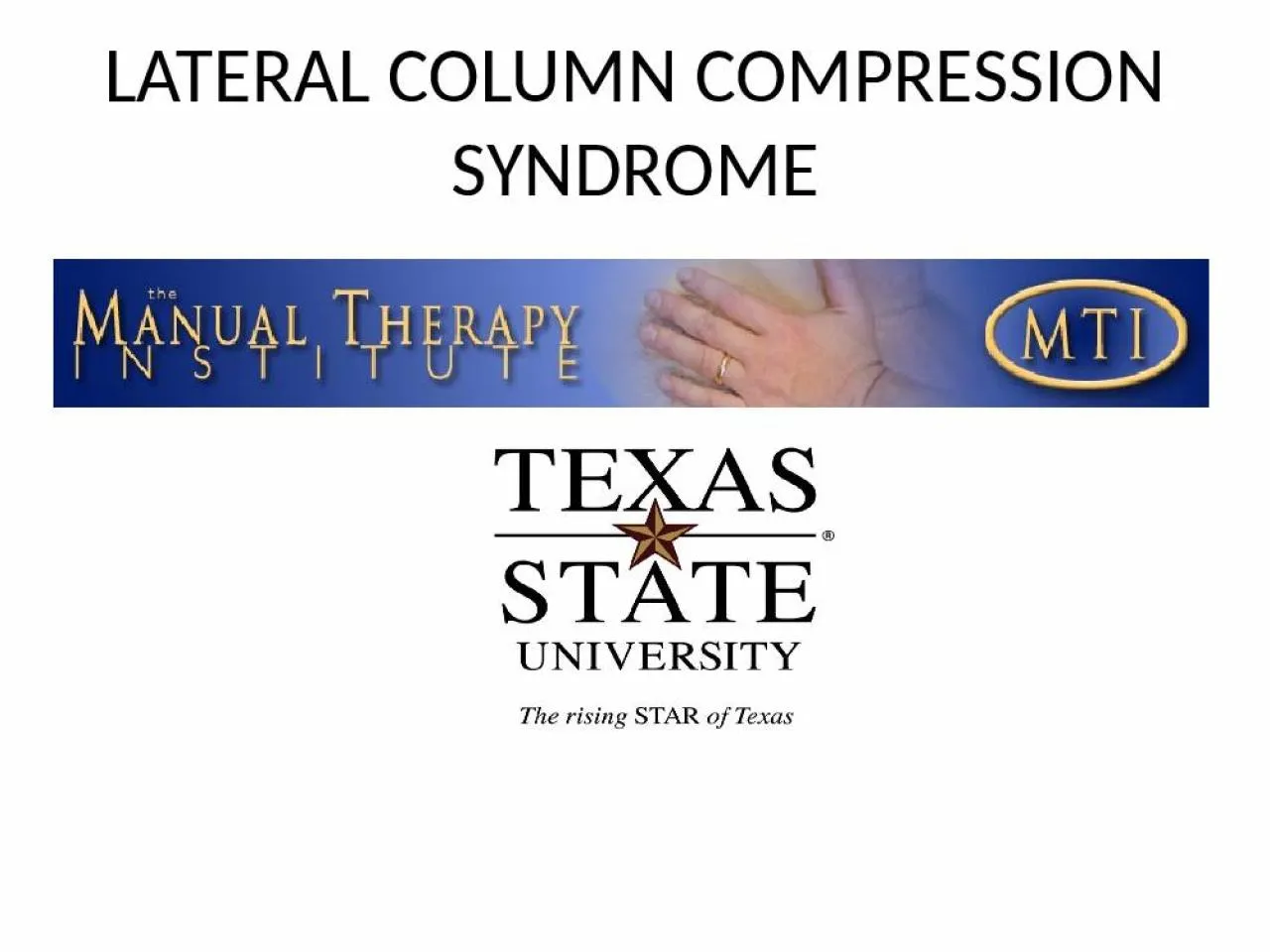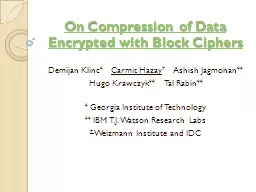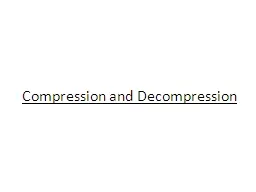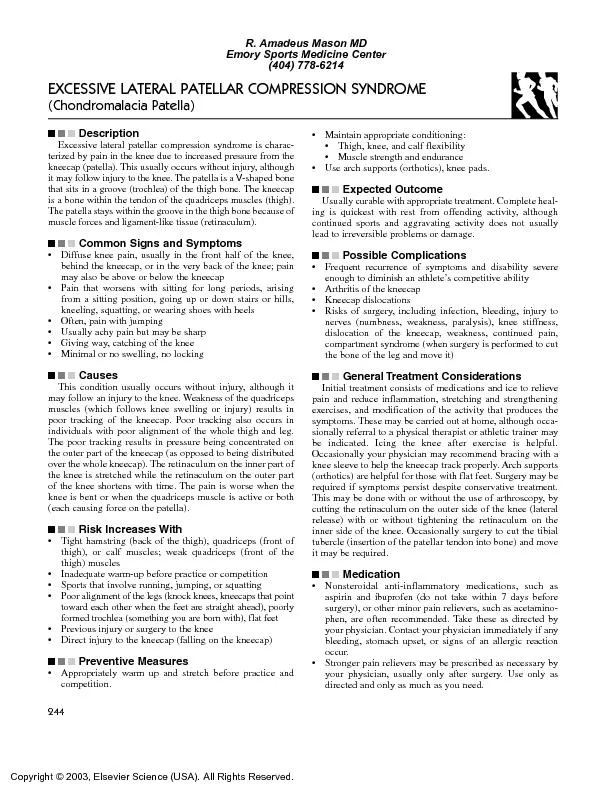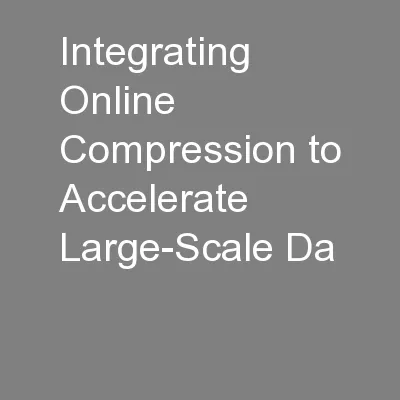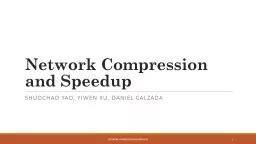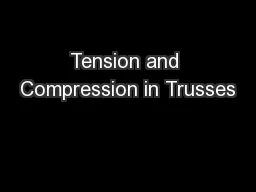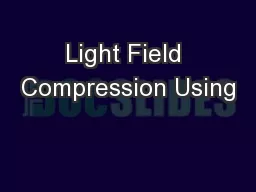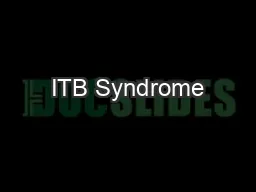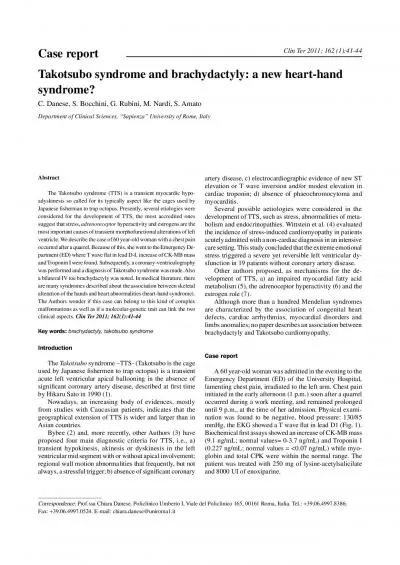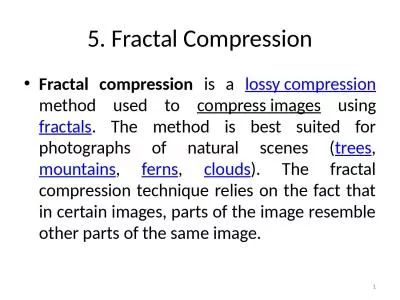PPT-Lateral Column Compression Syndrome
Author : evelyn | Published Date : 2022-05-18
Cuboid Syndrome A minor disruption or subluxation of the structural congruity of the calcaneocuboid joint P oorly understood Frequently misdiagnosed and mistreated
Presentation Embed Code
Download Presentation
Download Presentation The PPT/PDF document "Lateral Column Compression Syndrome" is the property of its rightful owner. Permission is granted to download and print the materials on this website for personal, non-commercial use only, and to display it on your personal computer provided you do not modify the materials and that you retain all copyright notices contained in the materials. By downloading content from our website, you accept the terms of this agreement.
Lateral Column Compression Syndrome: Transcript
Download Rules Of Document
"Lateral Column Compression Syndrome"The content belongs to its owner. You may download and print it for personal use, without modification, and keep all copyright notices. By downloading, you agree to these terms.
Related Documents

